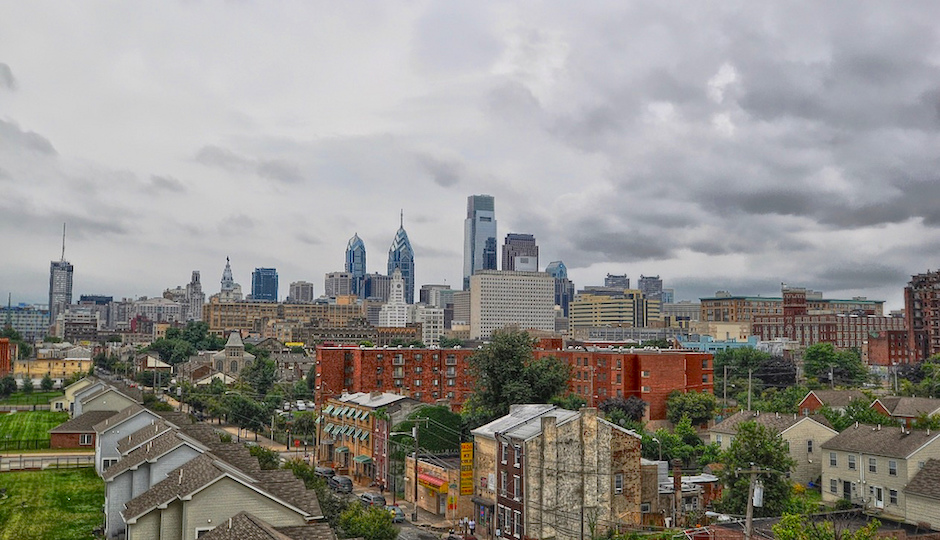5 Things to Know About Pew’s “State of the City” Report

Photo credit: Forsaken Fotos via Flickr
Pew has released its annual “State of the City” report for Philadelphia — really, just an update of the more comprehensive 2015 report. Here are five things you should know about the city based on this year’s edition:
Philadelphia is getting younger: “As the United States has gotten older, Philadelphia has become younger — largely because of the growth of the city’s young adult population, the much-discussed millennials. A decade ago, Philadelphia had a median age of 35.3, only a year below the nation’s 36.4. In the most recent census, the city’s age was down to 33.8, while the national figure had risen to 37.7 — a difference of nearly four years. Remarkably, this happened over a time in which the number of children in the city was declining.”
And more diverse: “Twenty-five years ago, only 9 percent of residents identified themselves as something other than African-American or non-Hispanic white. Today, that figure is 23 percent and growing — 14 percent Latino, 7 percent Asian and 2 percent everyone else — creating a richer and more complex civic landscape in one neighborhood after another.”
In fact, we’re increasingly a city of immigrants: “As recently as 1990, Philadelphia had barely more than 100,000 foreign-born residents. Today, it has an excess of 200,000, mostly from Asia, Latin America and the Caribbean, with no single nationality accounting for more than 13 percent of the whole.”
But we’re still really poor: “At last count, the city’s poverty rate stood at 26 percent, down slightly in the past few years but still the highest among the nation’s 10 largest cities. More than 400,000 Philadelphians live below the federal poverty line, including 37 percent of children and 43 percent of Latinos.”
And we’re relatively uneducated: “Only slightly more than 1 in 4 Philadelphians over the age of 25 have at least a four-year college degree. That’s better than in recent years, but far behind many other cities. In Boston, about 300 miles north of Philadelphia, nearly half of all adults are college graduates; in Washington, 130 miles to the south, more than half are.”
Some of these shifts were apparent in the recent Census Report on metro populations; the changing population suggests that while Philadelphia still experiences long-familiar problems — poverty, especially — it retains a dynamism that offers reasons for hope.
The full report, with a breakdown of the city’s demographics, is below: